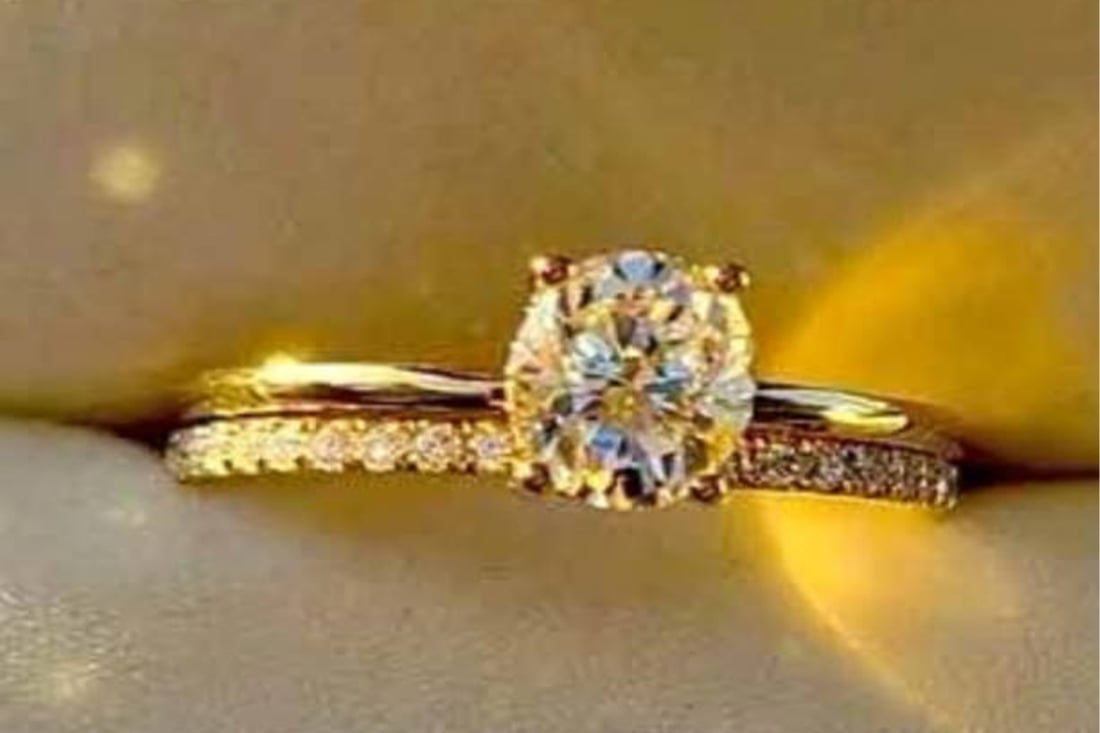Are Moissanite Engagement Rings a Sustainable Choice?
When it comes to engagement rings, many couples are now considering their environmental impact and opting for more sustainable choices. One such alternative to traditional diamond rings is moissanite. But are moissanite engagement rings truly a sustainable choice? Let's explore various aspects of moissanite rings and their sustainability.
1. What is Moissanite?
Moissanite is a gemstone that closely resembles a diamond in appearance. It was discovered in 1893 by French chemist Henri Moissan in a meteorite crater in Arizona. Moissanite is composed of silicon carbide and has a high refractive index, making it incredibly sparkly.
2. The Environmental Impact of Diamond Mining
Traditional diamond mining can have devastating environmental consequences. It often involves large-scale excavation, deforestation, and displacement of local communities. Additionally, the energy-intensive process of mining and processing diamonds contributes to greenhouse gas emissions. In contrast, moissanite is created in a lab, eliminating the need for mining and its associated environmental harms.
3. Moissanite's Origins: Conflict-Free and Ethical
One of the major concerns with diamonds is their association with conflict or blood diamonds, which are mined in war zones and used to fund armed conflicts. Moissanite, on the other hand, is a conflict-free gemstone. It is produced in controlled laboratory environments, ensuring ethical sourcing and eliminating any connection to human rights abuses.
4. Durability and Longevity
Moissanite engagement rings are known for their exceptional durability. They score 9.25 on the Mohs scale of mineral hardness, just below diamonds at 10. This means that moissanite is highly resistant to scratches and everyday wear, making it a great choice for an engagement ring that will last a lifetime.
5. Affordability and Accessibility
Another advantage of moissanite engagement rings is their affordability compared to diamonds. Moissanite is a lab-created gemstone, which means it can be produced at a lower cost than natural diamonds. This makes moissanite rings a more accessible option for couples who want a stunning engagement ring without breaking the bank.
6. Brilliance and Fire
Moissanite's high refractive index gives it exceptional brilliance and fire. Its sparkle is comparable to, if not greater than, that of a diamond. This makes moissanite engagement rings a dazzling choice that will catch the eye and draw admiration.
7. Moissanite's Eco-Friendly Production Process
Moissanite is created in laboratories using sustainable practices. The production process involves growing silicon carbide crystals under controlled conditions, minimizing the environmental impact. Lab-created moissanite also requires fewer resources, such as water and energy, compared to diamond mining and processing.
8. The Rarity Factor
Diamonds are often associated with rarity and exclusivity, but moissanite offers a unique alternative. While diamonds are found in various parts of the world, moissanite is extremely rare in its natural form. The availability of moissanite is primarily due to lab production, making it a special and distinctive choice for an engagement ring.
9. A Sustainable Choice for a Lifetime Commitment
Choosing a moissanite engagement ring is a sustainable choice that reflects a commitment to both the environment and ethical practices. By opting for a moissanite ring, couples can embrace a beautiful and sustainable symbol of their love.
10. Conclusion
Moissanite engagement rings offer a sustainable and ethical alternative to traditional diamond rings. With their environmental benefits, affordability, durability, and stunning appearance, moissanite rings are becoming an increasingly popular choice for couples who prioritize sustainability. By choosing a moissanite engagement ring, you can make a responsible and stylish statement of love.

